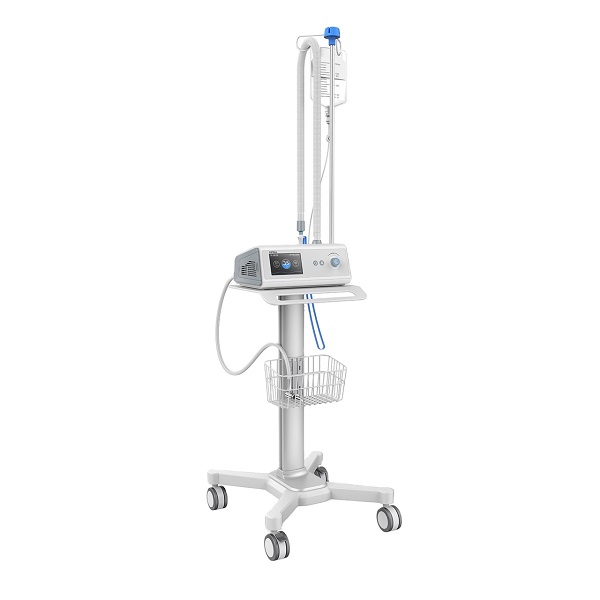

The patient should be transferred to a negative pressure room as soon as possible. Airborne precautions should be maintained for 30minutes after an AGP has been performed.

If a negative pressure room is unavailable, AGPs may be performed in a single room without negative pressure ventilation with the door closed. Eyewear, face shield) Long-sleeved gown Gloves (non-sterile). When HFNP therapy is required for a SCOVID or COVID patient, this should be carried out in a negative pressure room using Airborne Precautions which include personal protective equipment (PPE): P2 respirator (N95 mask) Eye protection (e.g. Please Note: HFNP therapy is an aerosol generating procedure (AGP), a patient’s clinical requirement for HFNP should be balanced against the risk of aerosolization. The high flows may also affect pulmonary and systemic circulation which is an important consideration when applying HFNP therapy to children with cardiac disease. The high flows and humidification improve functional residual capacity and mucocililary clearance of secretions thereby reducing work of breathing. At high flows of 2 litres per kilogram per minute, using appropriate nasal prongs, a positive distending pressure may be achieved. HFNP may act as a bridge between low flow oxygen therapies and CPAP, reducing the need for CPAP/intubation. Humidified high flow nasal prong (HFNP) therapy is a form of non-invasive respiratory support.


 0 kommentar(er)
0 kommentar(er)
